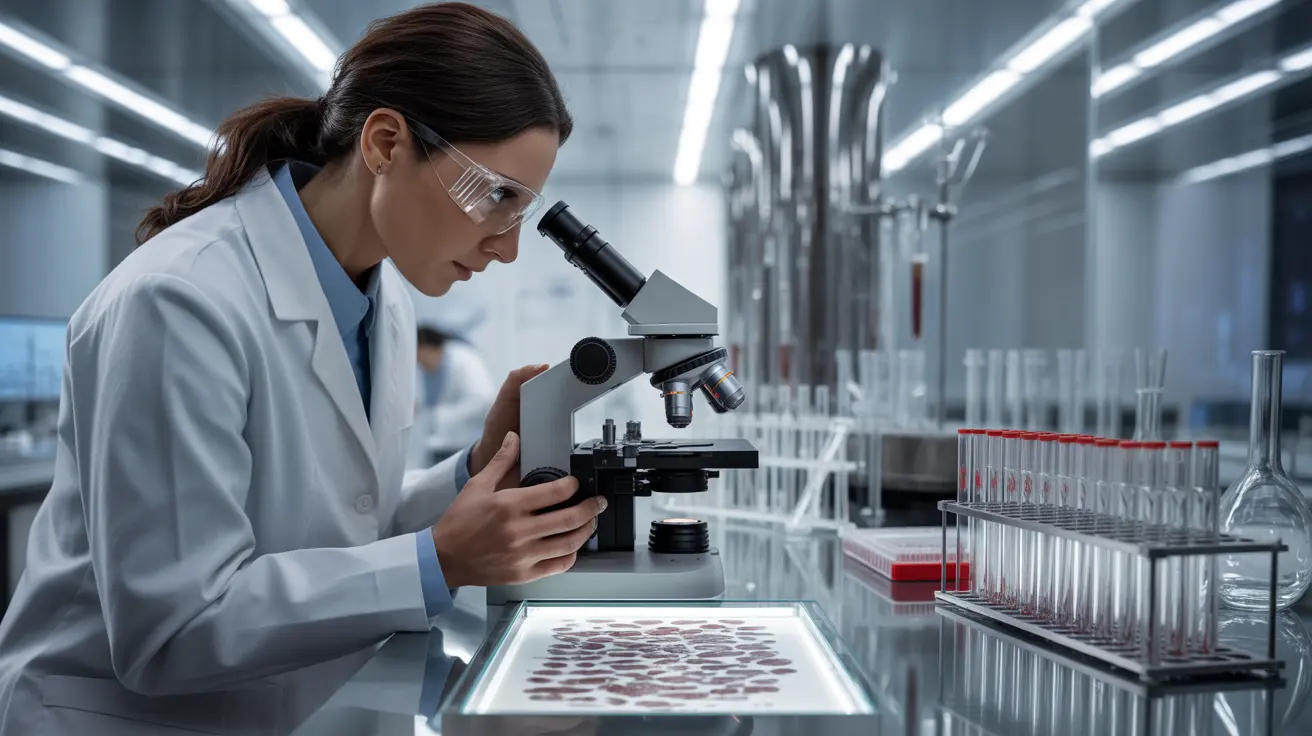The Shroud of Turin remains one of the most enigmatic artifacts in human history, captivating both scientific researchers and religious scholars for decades. This mysterious linen cloth, purportedly bearing the image of a crucified man, has been the subject of intense scientific scrutiny, particularly regarding the blood stains that have sparked numerous debates about its origins and authenticity.
As advanced technologies continue to challenge and reexamine historical evidence, the Shroud of Turin represents a fascinating intersection of forensic science, archaeological research, and historical investigation. The ongoing quest to understand the true nature of its blood stains has become a complex scientific journey that pushes the boundaries of modern research techniques.
Historical Context of the Shroud's Blood Analysis
Early scientific investigations into the Shroud of Turin began in the 1980s, marking a pivotal moment in understanding the mysterious bloodstains. Initial research revealed critical insights that set the stage for decades of subsequent studies. Researchers discovered that the stains were composed of hemoglobin, ruling out earlier theories of artificial coloration or fabrication.
Early Scientific Findings
The first comprehensive analyses identified the blood as belonging to an AB blood group, with characteristics consistent with human biological markers. Researchers observed unique surrounding halos on the stains, which contained complex biological components including bilirubin, albumin, and immunoglobulins—details that suggested genuine human blood evidence.
Technological Challenges in Blood Stain Authentication
Modern scientific approaches have revealed significant challenges in definitively authenticating the Shroud's blood stains. The primary obstacles stem from contamination issues and the limitations of historical forensic techniques. Advanced genetic testing has uncovered mixed DNA sequences from multiple individuals, complicating previous straightforward narratives.
DNA and Genetic Complexities
Next-generation sequencing techniques have been instrumental in revealing the intricate genetic landscape of the Shroud's samples. Researchers have identified DNA sequences from diverse ethnic backgrounds, highlighting the complex history of genetic contamination that makes conclusive authentication extraordinarily difficult.
Modern Forensic Approaches
Contemporary scientific methodologies now emphasize high-specificity tests using monoclonal antibodies and advanced DNA analysis. These sophisticated techniques aim to overcome the significant contamination issues that have plagued earlier research attempts.
Cutting-Edge Research Strategies
Scientists are increasingly utilizing advanced technologies to scrutinize the Shroud's blood stains. Mitochondrial DNA studies and comprehensive genetic sequencing provide unprecedented insights, though definitive conclusions remain elusive. The research continues to be a dynamic field, with each new technological advancement potentially offering fresh perspectives.
Broader Implications and Ongoing Debates
The Shroud of Turin transcends pure scientific inquiry, representing a profound intersection of scientific investigation and religious significance. While researchers seek empirical evidence, the artifact continues to fascinate both academic circles and the broader public, symbolizing a complex narrative of historical mystery and potential spiritual importance.
Frequently Asked Questions
What recent scientific evidence supports the authenticity of the Shroud of Turin's blood stains?
Recent studies have provided mixed evidence. While advanced DNA testing has revealed complex genetic sequences, no definitive proof of a singular, specific origin has been established. The multifaceted genetic data suggests significant contamination that complicates authentication efforts.
How accurate are DNA tests in determining the origins of the blood on the Shroud of Turin?
Current DNA tests reveal significant limitations. The samples contain mixed genetic material from multiple individuals, making it challenging to trace a definitive single source. Contamination issues and the age of the samples further complicate precise genetic identification.
What medical findings link the Shroud of Turin's bloodstains to crucifixion injuries like Jesus Christ's?
While some stain patterns are consistent with crucifixion-type injuries, scientific consensus has not definitively confirmed a direct link to a specific historical figure. The blood stain characteristics show signs of trauma consistent with crucifixion methods, but conclusive medical proof remains elusive.
Why do scientists believe the Shroud of Turin could have medieval origins despite blood evidence?
Radiocarbon dating and genetic analysis suggest potential medieval origins, contradicting earlier claims of ancient provenance. The complex genetic contamination and technological limitations of preservation make it difficult to definitively establish the artifact's exact historical timeline.
How does modern technology help resolve debates about the Shroud of Turin's authenticity?
Advanced technologies like next-generation sequencing, high-resolution imaging, and sophisticated genetic analysis provide increasingly nuanced insights. While these methods have not conclusively resolved the authenticity debate, they continue to offer progressively refined understanding of the artifact's complex historical narrative.
The Shroud of Turin remains a testament to the ongoing dialogue between scientific investigation and historical mystery, inviting continued research and scholarly exploration.




